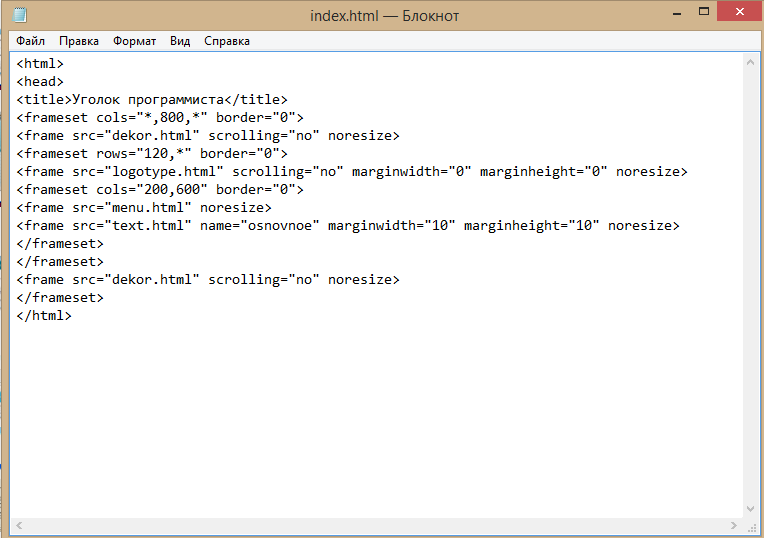

PRESENTATION: JATS is converted in a standard format (HTML, PDF, EPUB…) or directly shown with JS helpers.Īnd here you have the inventory of tools that alone or in combination with others look promising to our initial goal (cover the whole workflow): 1: Submissions.EDITING: conversions are not perfect and need to be fixed or final changes need to be included.CONVERSION: the originals are transformed to JATS (and XML from the NML).SUBMISSION: the author send his/her work (normaly in DOCx or ODT) to the platform.We divided the JATS workflow in 4 phases:

Let us advance this was not an easy task because some tools are incomplete, abandoned or changed its name 2-3 times… so please, comment if you think we missed any relevant actors in this map or we described something wrongly. The graphic shows a picture of the whole puzzle and show all the involving pieces trying to discover if some parts are still uncovered. The result of this research is this summary with the “state of the art of JATS”. PKP have been a main actor in this movie, even before this recent interest, and our forum show this increasing interest: Ī few journals we work with asked to start “JATSing” (we need a new verb :-)) so, before start developing a new solution, we made some research trying to discover “who is who” in the JATS universe. Introductionĭuring the last three years we have been talking a lot about JATS. The post assumes you know what is JATS (a technology that, between many other things, can help you to automatize the layout creation, based on XML files for articles) and shows a global picture to let you discover what tools do you have and how they are related if you like to implement this technology.

This is a report about the JATS state of the art that we started in 2017 and updated this year.


 0 kommentar(er)
0 kommentar(er)
